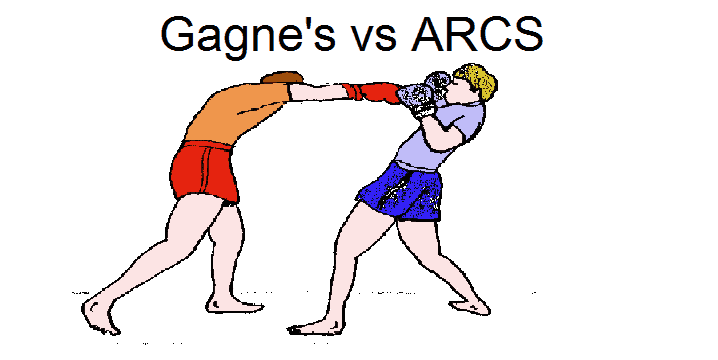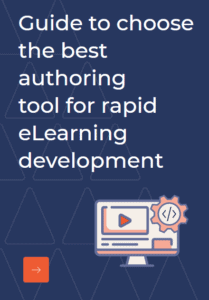So, here’s the thing about Instructional System Design models (ISDs), they have been around for a long time; studied, analyzed, rigorously followed all across the globe. ISDs are processes that ensure that learning does not become haphazard, and is created following certain steps that provide measurable outcomes. In other words, ISDs are structural frameworks and Instructional designers are responsible to creating learning experience which ensures that learners achieve the learning outcomes by following any particular model.
In this series of blogs, called ‘Comparative Degree’ we plan on analyzing the key differences among famous instructional models theories etc. In the very first one we are going to talk about ADDIE and SAM, both models abbreviations of the process itself.
ADDIE stands for Analyze, Design, Development, Implement, Evaluate and SAM is the abbreviation for Successive Approximation Model. The similarity is that both models are based on iterative process. And, the differences? Here we go.
1st Differentiator - History
ADDIE has a long-standing history. The fact that this model was developed by the United States military after World War II, makes it seem almost like a veteran. SAM is a new model created by Allen Interactions, and has become a popular alternative to ADDIE in a relatively short time.
2nd Differentiator - Process
Simply put ADDIE is a linear process, while SAM is more of a cyclical process. Though both models emphasize on the importance and inevitability of iterations, it is applied differently in both.
In ADDIE one step is the starting point for the next, though iterations are made based on the results of formative analysis for each phase. So, basically you analyze the needs and define the constrains, then design learning activities, assessments, choose the media elements etc. Based on the design begins the arduous process of development, evaluation is done at this stage and changes made as and where required. This is followed by implementation and final evaluation. The strength of this model is that it depends on perfection in each stage, which however is also considered to be its greatest flaw.
SAM model is based on faster outcomes, and making changes as a part of the process. According to its creators, “it begins with performance so that the clients end with performance.” It actually begins with a quick preparation phase—where information and the necessary all the background knowledge is gathered. Then comes the Iterative design phase, which begins with Savvy Start- an initial collaborative brainstorming meeting which leads onto the iterative process of design, prototype, and review. Following this comes the Iterative Development Phase that includes development, implementation and evaluation. The changes are made as quickly as possible in order to minimize future risks.
3rd Differentiator - Time & Money
Though there are no actual evidence to prove that one process is costlier than the other, it sure has its difference as far as time is concerned. And if you believe that time is money, then cost would be affected too (indirectly). SAM is considered to be a relatively faster than ADDIE, and is more deadline-driven. However, being a fast process the chances of error are on the higher side too.
4th Differentiator - School of Thought
Some do speculate that ADDIE is a process from a different era, and that too much emphasis on process and perfection, strict order of content presentation etc. makes it inflexible towards change and creativity. SAM in the other hand is said to focus on learner experiences, engagement, and motivation.
In our opinion, both models are unique in their own way. The trick is to use them appropriately and in accordance with the project and client requirements.
We will be back with another ‘Comparative Degree’ post soon. Until then Keep Reading!



